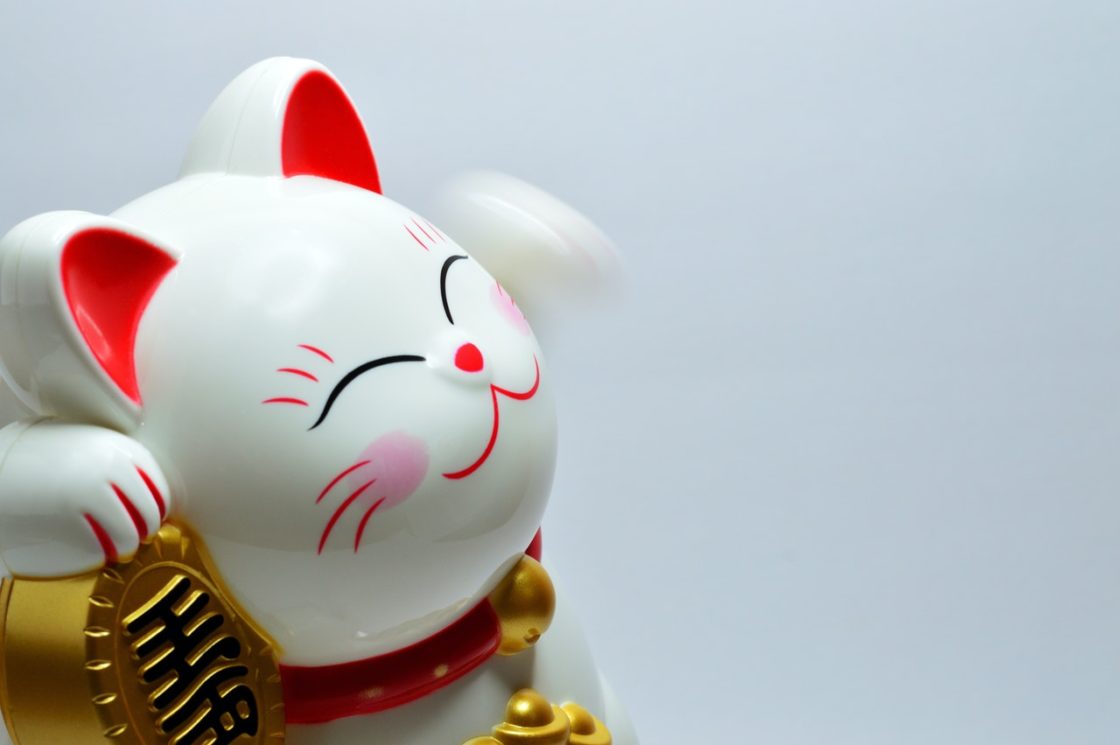Over the past few years, luxury retailers have found a goldmine in the traveling Chinese consumer. As it happens, China’s rapidly growing luxury market has encouraged many retailers to tailor their product offerings in order to appease these customers. Although this particular strategy was extremely successful during the height of the Chinese traveler, the arrival of the COVID-19 pandemic has made an all-in approach to merchandising more detrimental than ever. With Chinese travelers’ flights grounded for now, how should merchandising strategies change in the future to avoid overexposure to a singular region during times of uncertainty?
The Chinese customer was on the fast track to becoming the most important shopper in not only their domestic market but also the international luxury market. In fact, 73% of Chinese luxury spending actually happened outside of the Chinese region, making them vital shoppers for other markets in Europe, the Middle East, the Americas, and Asia. Additionally, according to McKinsey, the Chinese market was expected to nearly double by 2025, with the young Chinese consumer contributing heavily to the market’s rapid growth.
As brands and retailers began to see the strength and potential of China’s luxury industry, buyers began to focus their product picks on catering to this mega-market. In particular, they began offering more trend-driven products, heavily branded items, and specific collections for big events like the Chinese new year, in order to increase their presence in this market.
A very similar tactic occurred during the rise of the Japanese consumer back in the early 2000s. Many brands and retailers began to narrow in on this market and sell unique merchandise that appealed to their individualized tastes. However, this strategy led the entire luxury industry to take a large scale hit in 2009 due to the Japanese recession. The repercussions of volatility in the Japanese market back in 2009 echo the similar difficulties that the 2020 luxury market is encountering due to the withdrawal of the Chinese consumer in many international markets. When the dust had settled, the most successful brands and retailers were those that catered to a diverse set of customers rather than simply their fastest-growing customer base.
The Asian region is extremely diverse, with many emerging markets appearing and a growing middle class. Each region is distinct with varying taste levels. For instance, in Japan alone there are a bevy of diverse stylings, from preppy to Kawaii, loose casual wear to bright colors, and many more. The varying economic situation in different regions also contributes to the difference in tastes, for instance, more established regions and customers like those in South Korea prefer more timeless and exclusive products. Whereas customers in a newer market like Indonesia are looking for the latest trends and more logo-heavy products. Therefore, tailoring your merchandising strategy to one singular region provides a significant risk of isolating other consumers in other markets.
The question becomes, how to properly diversify your merchandising strategy to avoid overexposing yourself to one region? The Style Pulse provides a great tool for buyers to find diverse brands from around the world that suit a variety of different tastes and styles. From contemporary to luxury brands, minimalist to maximalist, streetwear to sleepwear, there is the opportunity to create a diverse portfolio of brands that can adapt to whichever region the industry grows to next.

